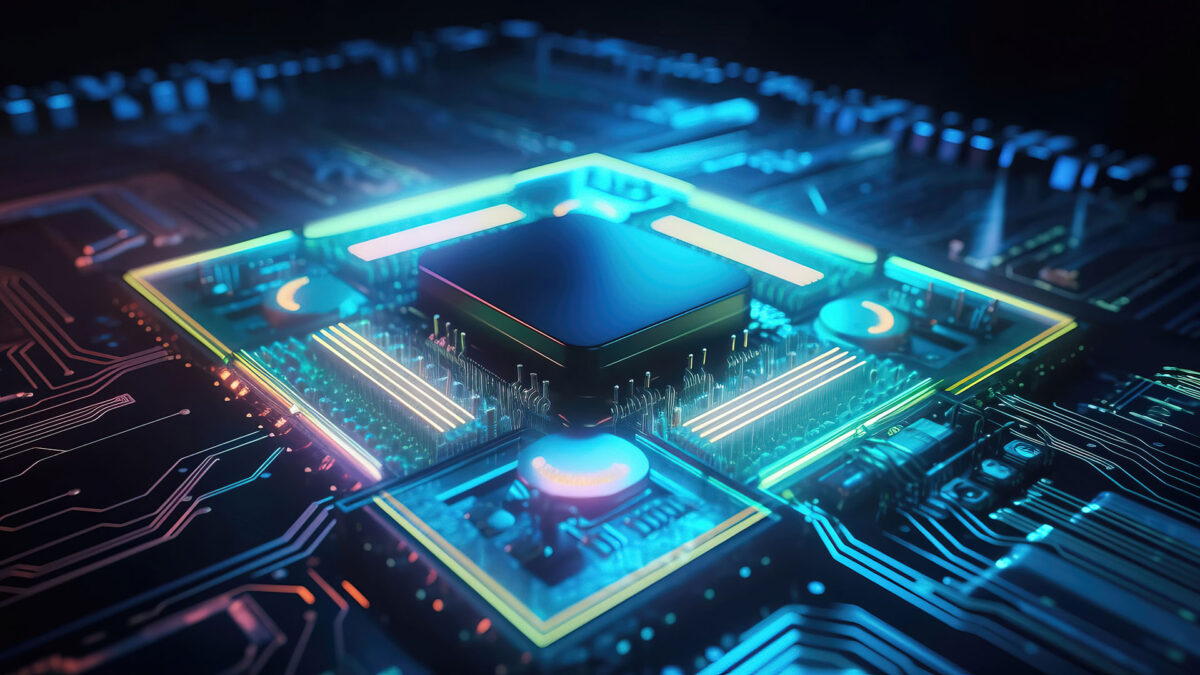29 November 2023
Lack of skills can impede the Danish quantum adventure
Quantum technology opens up a world of possibilities, but we must acknowledge that the path forward may not necessarily be easy. Denmark can play a crucial role in the development, but to realize this potential, focused investments and, above all, competent digital specialists are needed.

This opinion was published in Børsen on 29 November 2023
Thomas Riisgaard Hansen, Director, Digital Research Centre Denmark
Allan Grønlund, co-founder, Kvantify
Michael Kastoryano, Associate Professor, ITU
Jaco van de Pol, Professor, Aarhus University
Quantum computers will not replace our existing computers; they will complement them. They will be particularly effective for highly specialized tasks, where they can perform complex calculations significantly faster than conventional computers.
Read more (in Danish)







